Ever had your breath taken away—not by the altitude, but by the sight of a sherpa carrying your espresso machine up a 14,000-foot pass? That's luxury trekking in Nepal now, and it's absolutely nothing like what your parents experienced.
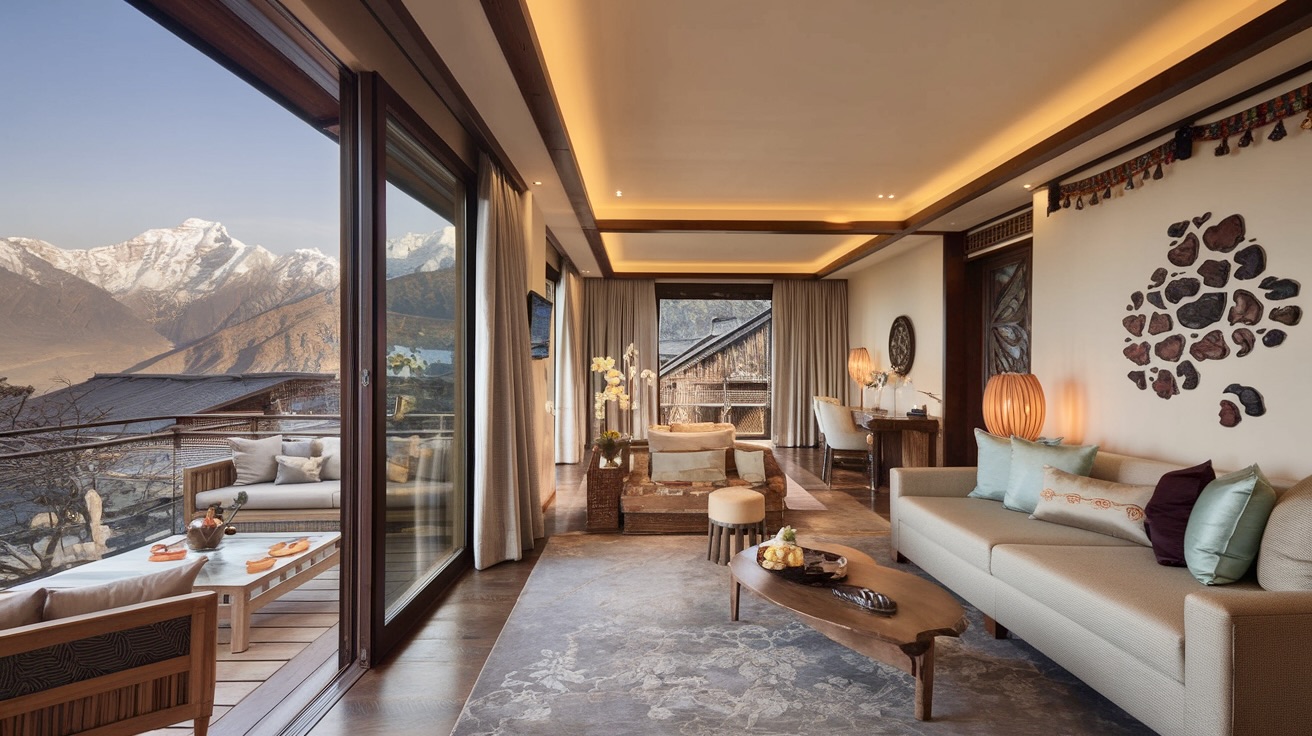
Gone are the days of roughing it on the Annapurna Circuit or Everest Base Camp trek. Today's high-end trekker expects heated tents, gourmet meals, and Wi-Fi strong enough for Zoom calls with breathtaking Himalayan backdrops.
The future of high-end trekking in Nepal isn't just about creature comforts, though. It's about exclusive routes, helicopter shortcuts, and experiences that 99% of visitors will never have.
But here's what nobody's talking about: what happens when luxury meets sustainability in the world's most spectacular mountain range?
Innovative Eco-Friendly Initiatives in Nepal's High-End Trekking
Sustainable Accommodations and Energy Solutions
We've completely reimagined what luxury means in the Himalayas. Gone are the days when eco-friendly meant uncomfortable. Our premium lodges now feature solar-heated showers, locally-sourced building materials, and energy-efficient designs that blend seamlessly with the mountain landscape.
Many of our partner properties have installed micro-hydro systems that harness nearby streams to generate clean electricity. What's the result? You enjoy your evening cocktail under warm lights powered entirely by renewable energy.
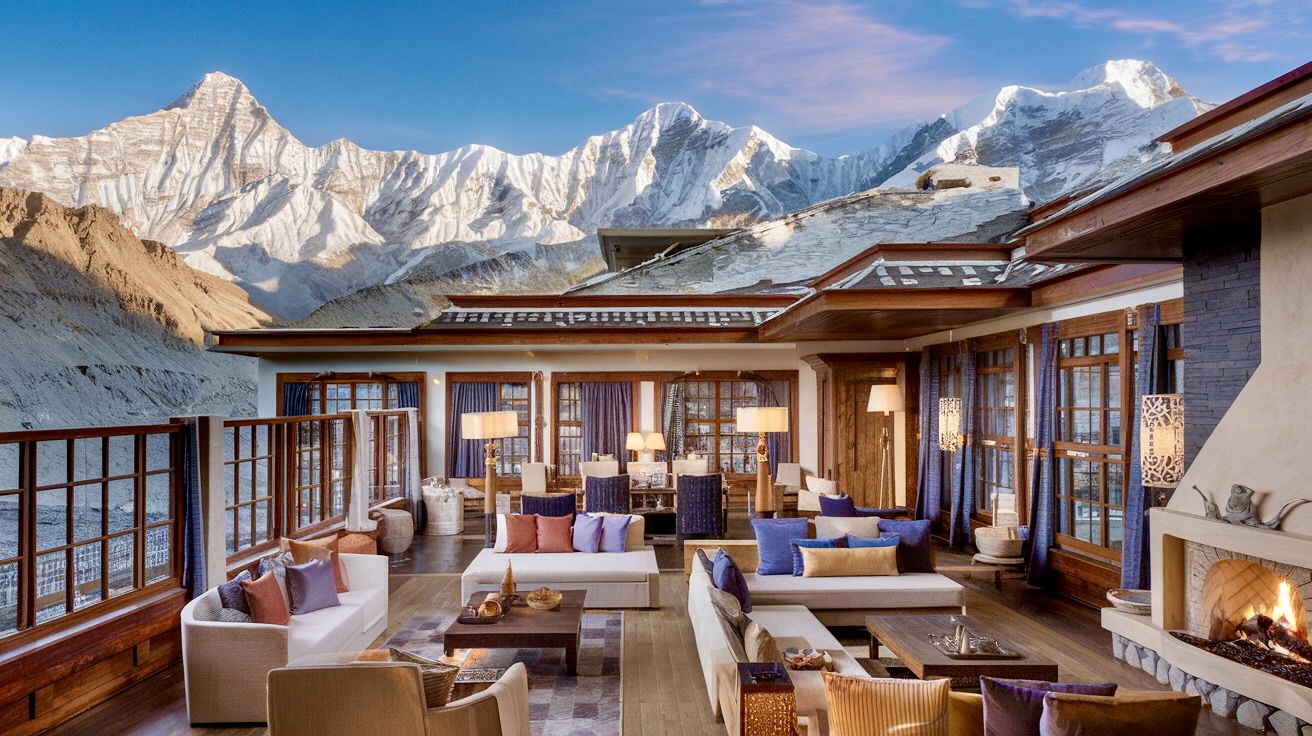
Smart design choices make a huge difference, too. Think thick insulation from local wool, south-facing windows that trap natural heat, and living roofs that regulate temperature while looking absolutely stunning against the mountain backdrop.
Waste Management and Conservation Strategies
Trash on trails? Not on our watch. We've pioneered a "pack it in, pack it out" approach with a luxury twist. Each trekker receives a stylish reusable kit including water purification systems, biodegradable toiletries, and compact waste collection bags.
Our guides don't just lead you through gorgeous landscapes—they're trained conservation ambassadors who show how high-end travel can actually help protect these fragile ecosystems.
We've partnered with local conservation organizations to create designated composting stations along popular routes. The compost eventually nourishes organic farms that supply our gourmet trek meals. Talk about a full circle!
Community-Based Tourism and Local Partnerships
The heart of our luxury experience? The incredible Nepali communities we work with. We've developed exclusive homestay experiences where travelers enjoy authentic cultural immersion without sacrificing comfort.
Local artisans craft our trek furnishings—from hand-woven blankets to carved wooden furniture. These partnerships provide sustainable income streams for mountain communities while giving our clients authentic keepsakes with real stories behind them.
We also invest in training programs for local guides and porters, creating career paths rather than seasonal jobs. Many of our most sought-after guides started as porters and now lead our most exclusive expeditions.
Carbon Neutral Trekking Programs
We've taken a hard look at our carbon footprint and decided "neutral" isn't enough—we want to be carbon positive. For every trek we arrange, we calculate the total emissions and offset double that amount through our reforestation initiatives in depleted areas of Nepal.
Our helicopter services (yes, we still offer them for those jaw-dropping views) now use fuel-efficient models and follow flight paths specifically designed to minimize wildlife disturbance.
The really exciting part? We're testing the world's first solar-assisted porter load carriers, reducing physical strain while eliminating emissions. Technology meets tradition in the most spectacular way.
Luxury Trekking Experiences Redefining Himalayan Adventures
Boutique Lodges and Premium Accommodations
Gone are the days when trekking in Nepal meant basic teahouses and sleeping bags. We've completely transformed the Himalayan trekking experience with our network of boutique lodges that dot the popular trails. These aren't just places to crash for the night – they're sanctuaries of comfort with heated rooms, quality mattresses, hot showers, and Wi-Fi connectivity.
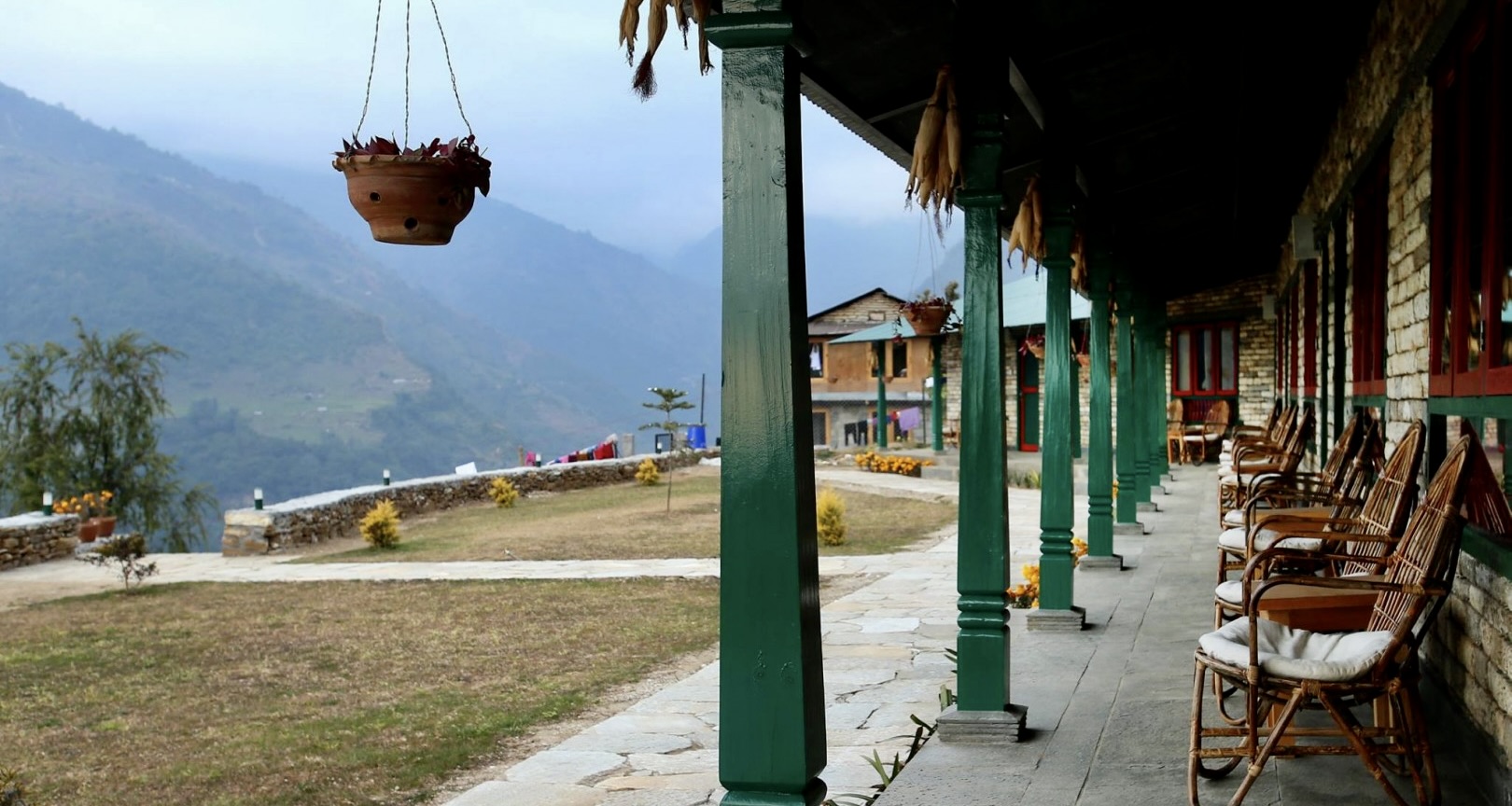
Our premium accommodations blend traditional Nepalese architecture with modern amenities. Picture yourself unwinding in a mountain lodge with panoramic floor-to-ceiling windows framing snow-capped peaks, while you relax by a crackling fireplace. This is trekking without compromise.
Helicopter Services and Exclusive Transportation
Why walk when you can fly? We've pioneered helicopter-assisted treks that let you skip the less scenic portions of trails and dive straight into the heart of the mountains. Our clients love starting their mornings with breakfast in Kathmandu and lunch at Everest Base Camp.
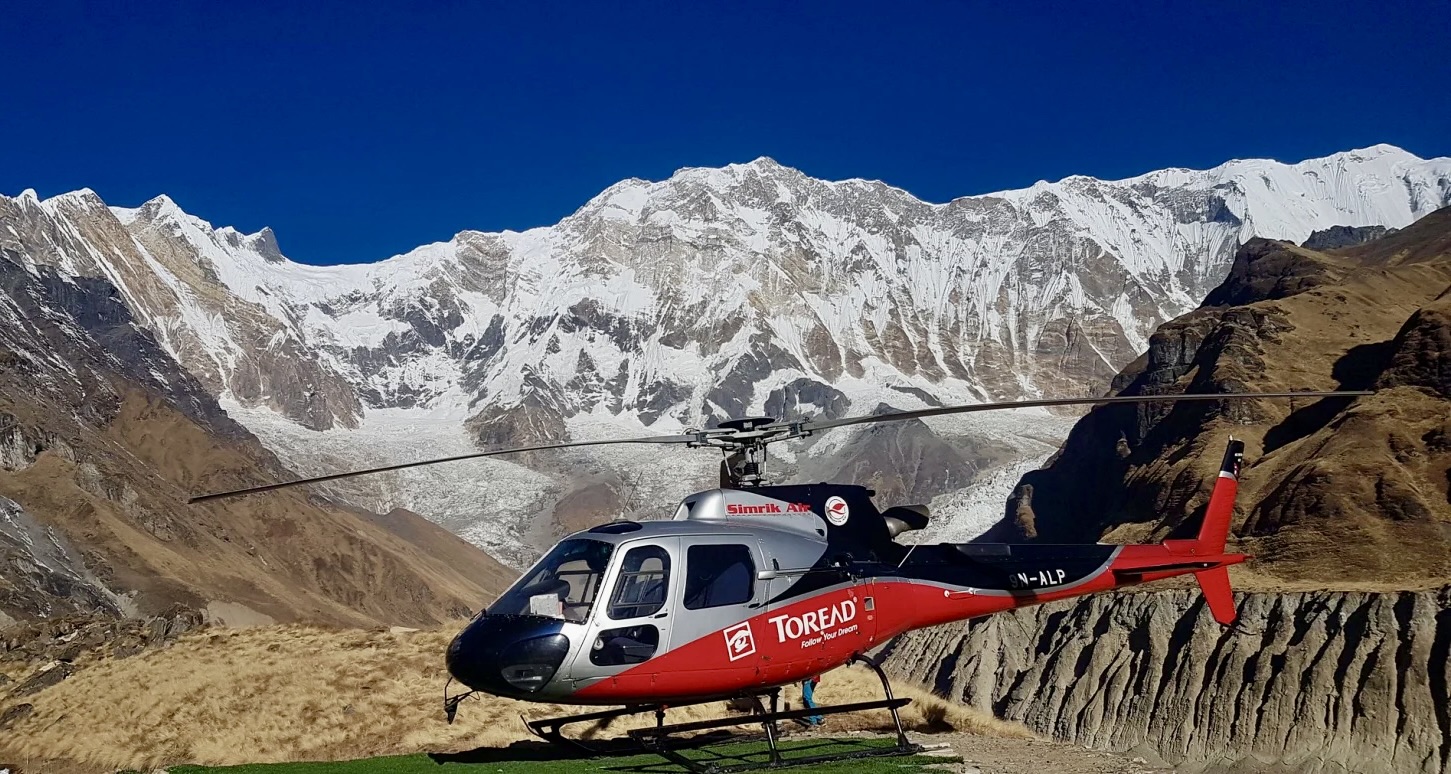
For ground transportation, we've upgraded every step of the journey with luxury 4x4 vehicles, professional drivers, and personalized service. No more cramped jeeps or bumpy bus rides. Our fleet ensures you travel in style even on Nepal's challenging mountain roads.
Gourmet Dining with Local and International Cuisine
Mountain trekking no longer means compromising on cuisine. We work with talented chefs who've trained internationally but cook with locally-sourced ingredients. From traditional Nepalese dal bhat to Italian pasta and French pastries, our dining experiences rival fine restaurants.

We've also introduced wine pairings and specialty coffee services on select treks. Nothing beats sipping a perfectly brewed espresso while watching the sunrise over Annapurna.
VIP Access to Remote and Less-Crowded Trails
The true luxury in Nepal? Solitude. We've secured exclusive permits for trails rarely seen by other trekkers. Our connections with local authorities and communities give our clients access to pristine areas typically closed to standard tourism.
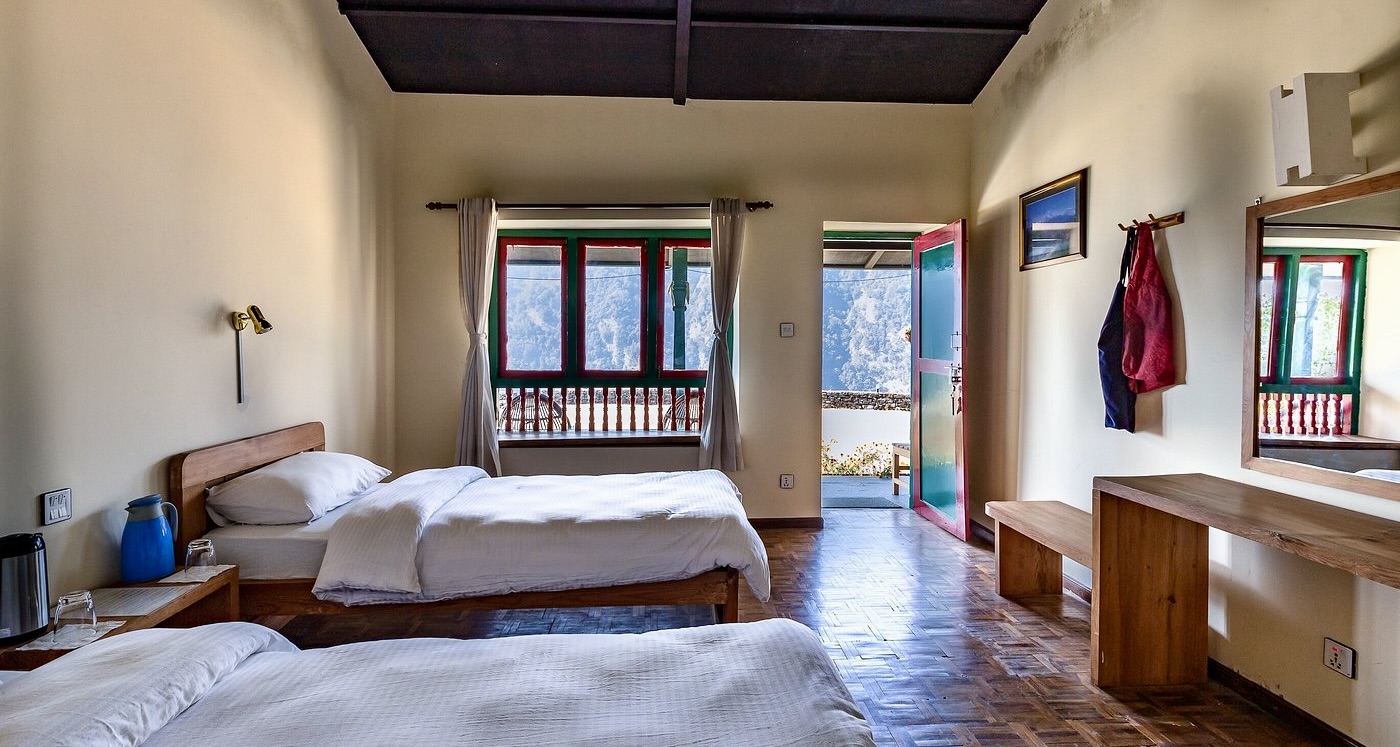
We customize routes that bypass the crowded hotspots while still hitting the must-see destinations at optimal times. Imagine having a private viewing of Machapuchare or spending time with local families in villages that rarely see foreigners.
The crowds at Everest Base Camp? Not for our clients. We time our visits during off-peak hours or access viewpoints that offer even better perspectives without the photobombers.
Immersive Cultural Experiences Along the Trek
Homestays and Community Interactions
We've always believed that true adventure goes beyond the physical trek. That's why we've handpicked exceptional homestay experiences with local Sherpa, Tamang, and Gurung families. Our guests don't just pass through villages – they become part of them.
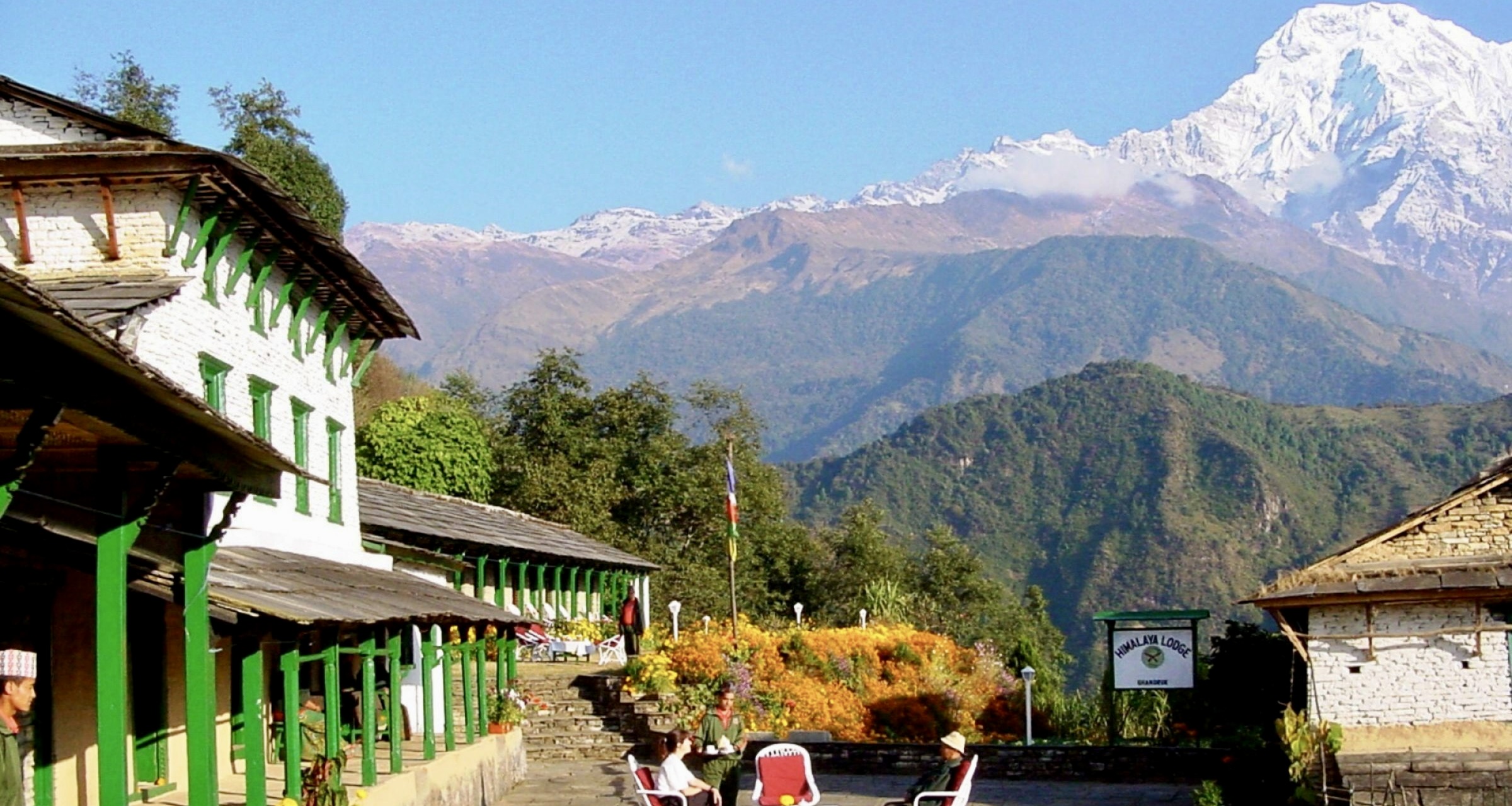
During your evenings, you'll gather around traditional hearths, sharing stories while your host family prepares authentic mountain cuisine. Nothing beats sipping butter tea while learning about generations of mountain life directly from those who live it.
We arrange for meaningful cultural exchanges rather than superficial tourist experiences. Our travelers often tell us these community interactions become the unexpected highlight of their journey, forming connections that last long after returning home.
Traditional Festivals and Ceremonies
Timing your trek to coincide with local festivals adds an entirely new dimension to your adventure. We've crafted several departure dates specifically around celebrations like Losar (Tibetan New Year) or Mani Rimdu at Tengboche Monastery.
During these vibrant celebrations, you'll witness mask dances, butter sculpture competitions, and prayer ceremonies that have remained largely unchanged for centuries. Our local guides ensure you understand the significance behind each ritual and help navigate cultural protocols.
What makes these experiences special is the authenticity – these aren't performances staged for tourists but genuine expressions of living traditions that we're privileged to witness.
Local Artisan Workshops and Cultural Classes
We've partnered with master craftspeople throughout the trekking regions to offer exclusive workshops for our guests. Imagine learning traditional Thangka painting techniques from monks who've spent decades perfecting the art, or trying your hand at Nepali papermaking.
Our cultural immersion classes include:
- Traditional cooking lessons featuring local ingredients
- Tibetan meditation practices with experienced practitioners
- Nepali language basics to enhance your interactions
- Sherpa weaving demonstrations using centuries-old techniques
- These hands-on experiences provide a deeper understanding of Nepal's rich cultural tapestry while supporting local artisans and preserving traditional knowledge.
Ancient Monasteries and Heritage Site Visits
The Himalayan regions house some of Buddhism's most significant sites, and we make sure you experience them properly. Rather than rushed visits, we schedule ample time at monasteries like Tengboche and Thame, often arriving for morning prayer ceremonies when the atmosphere is most powerful.
Our connections with monastery caretakers mean we can arrange private blessings and discussions with resident monks – opportunities rarely available to standard trekking groups.
We've carefully researched the historical and spiritual significance of each heritage site on our routes. Our guides share these stories as you explore, transforming what might otherwise be a quick photo stop into a profound cultural experience.
Wellness and Rejuvenation in the Himalayas
Yoga and Meditation Retreats in Mountain Settings
We've transformed the traditional trekking experience by incorporating stunning yoga and meditation retreats along our Himalayan routes. Nothing compares to practicing yoga on a platform overlooking snow-capped peaks as the sun rises. Our specially designed mountain retreats offer small-group sessions led by internationally certified instructors who understand both the spiritual significance of the Himalayas and the needs of trekkers.
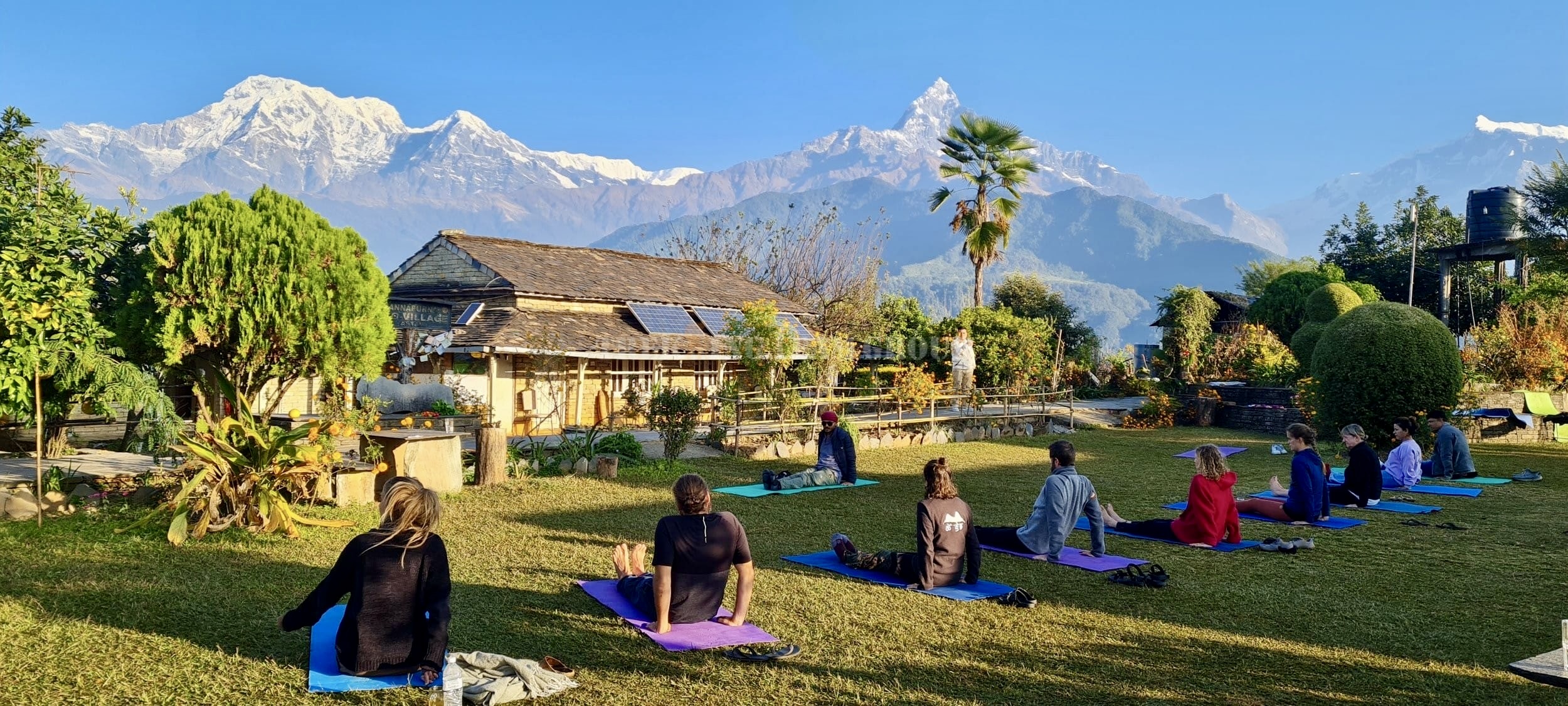
The magic happens when you close your eyes in meditation while sitting 3,000 meters above sea level. The mountain air purifies not just your lungs but seemingly your thoughts too. We've carefully selected locations that balance accessibility with seclusion, ensuring you experience profound stillness without extreme physical demands.
Spa Services and Recovery Treatments
Tired muscles deserve expert attention after conquering mountain trails. We've pioneered luxury recovery treatments in remote mountain locations, bringing specialized equipment and trained therapists to places you wouldn't expect to find them.
Our signature hot stone therapy uses river rocks from Himalayan streams, heated and placed along energy meridians, while aromatic oils extracted from local herbs soothe your senses. The contrast between challenging treks and these indulgent treatments creates a perfect balance.
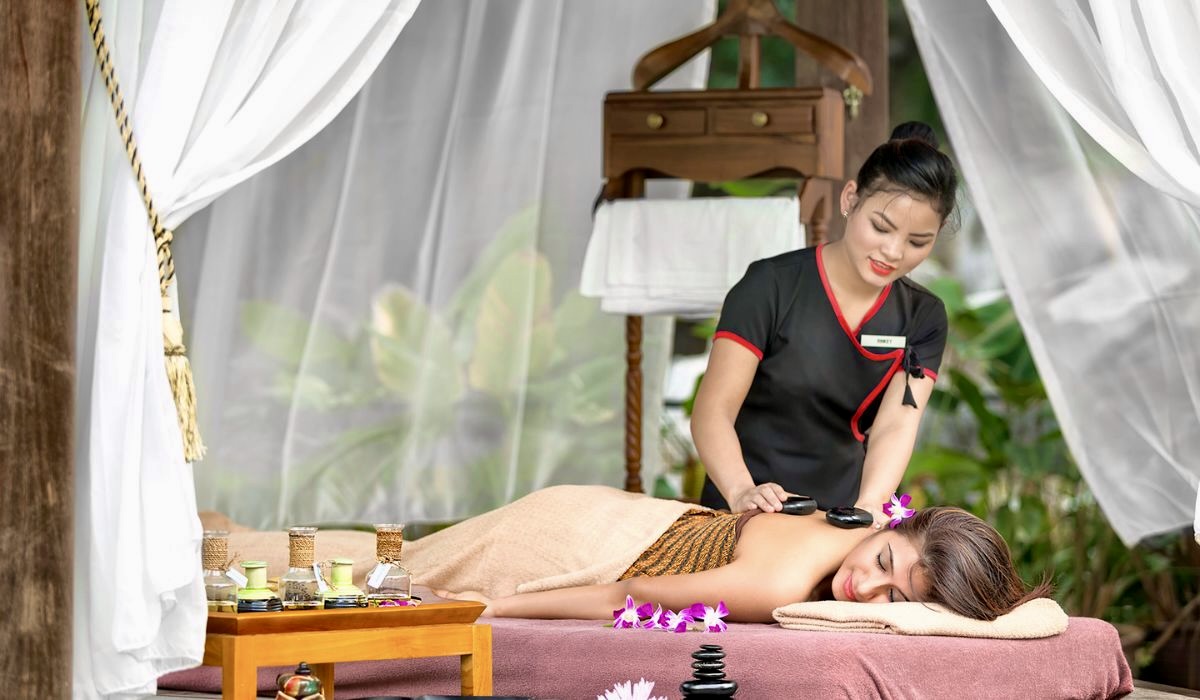
Many clients tell us the massage they received after trekking to Annapurna Base Camp was better than any they'd experienced in five-star hotels worldwide. Why? Because context matters. Those treatments come precisely when your body craves them most.
Holistic Health Programs During Treks
Traditional trekking focuses solely on reaching destinations. We've reimagined the journey by integrating holistic health throughout your adventure. Our treks now include daily wellness routines customized to complement each day's hiking demands.
Morning starts with gentle stretching tailored to prepare the exact muscle groups you'll use that day. Meals feature nutrient-dense superfoods grown in Himalayan valleys, prepared to maximize both energy and recovery. Evenings bring targeted relaxation techniques to ensure quality sleep at altitude.
Our guides aren't just pathfinders—they're wellness coaches trained to monitor your body's adaptation to elevation and exertion. They'll suggest modifications based on your personal response, ensuring optimal performance and enjoyment throughout.
Mindfulness Practices with Mountain Views
The Himalayas have drawn spiritual seekers for millennia. We've developed exclusive mindfulness programs that tap into this ancient tradition while remaining accessible to modern travelers.
Imagine practicing guided breathing exercises beside a high-altitude lake, learning to match your breath rhythm to the gentle ripples on the water's surface. Or participating in walking meditation along ancient trade routes, each step connecting you to countless journeys made before.

These aren't abstract concepts—they're transformative experiences we've refined over the years. The mountains themselves become teaching tools. We've found that even clients with no previous meditation experience often experience profound moments of clarity here. The combination of thin mountain air, physical challenge, and breathtaking beauty creates perfect conditions for mindfulness breakthroughs.
Enhanced Safety Measures for Premium Trekking
Advanced Emergency Response Systems
Gone are the days when trekking in remote Nepal meant being completely cut off from help. We've completely transformed our emergency response capabilities for high-end trekkers. Our premium packages now include satellite communication devices that work even in the most isolated valleys of the Himalayas. When seconds count, you're never alone.
We've also partnered with international medical evacuation companies to ensure helicopter rescues can reach you within hours, not days. Our control centers monitor all trekking groups 24/7, with real-time GPS tracking that pinpoints your exact location if trouble strikes.
Health Monitoring and Altitude Management
Altitude sickness doesn't care about your fitness level or experience. That's why we've introduced portable pulse oximeters and blood pressure monitors on all our premium treks. Our guides check your vitals daily, spotting potential issues before they become dangerous.
We've also developed a proprietary acclimatization schedule based on years of data collection. It's not about rushing to the destination - it's about getting you there safely while still enjoying every moment.
Expert Guide Training and Certification
A guide can make or break your trekking experience. That's why we've raised the bar on who leads our premium treks. All our guides now complete a rigorous 12-week wilderness first responder certification, along with advanced mountaineering training.

We don't stop at medical knowledge. Our guides speak multiple languages, understand cultural nuances, and can identify every peak, plant, and wildlife species you'll encounter. They're not just guides - they're professors of the Himalayas.
High-Tech Weather Forecasting and Navigation
Mountain weather changes in minutes, not hours. We've invested in portable weather stations and satellite-linked forecasting systems that give our teams hour-by-hour predictions specific to your trekking route.
Our guides carry military-grade GPS devices with pre-loaded alternative routes for every trek. If conditions turn dangerous, we don't guess - we know exactly which safe detour to take. And with our drone reconnaissance capabilities, we can scout trail conditions ahead without putting anyone at risk.
Customizable Trekking Itineraries for Discerning Travelers
Personalized Routes Based on Preferences
We know that no two trekkers are the same. That's why we've revolutionized our approach to Nepal trekking by offering truly customizable experiences. Our clients don't just pick from a menu of standard routes—they help create their adventure.
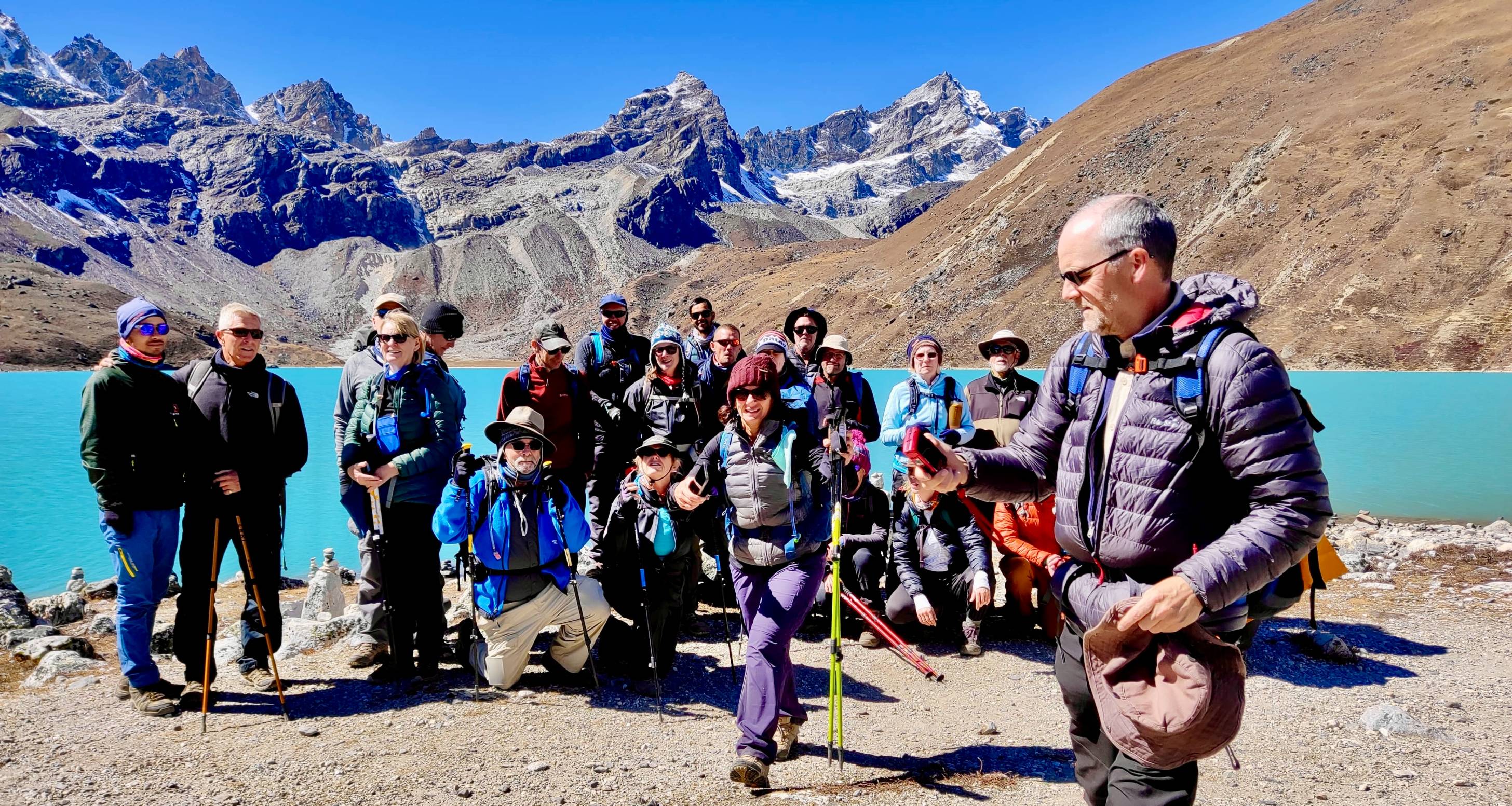
Want to spend an extra day in that charming Sherpa village that captured your heart? Need to avoid certain terrain due to personal preferences? Dreaming of a detour to that hidden monastery you read about? We make it happen.
Our local expertise allows us to craft routes that balance your bucket-list destinations with off-the-beaten-path gems that match your interests. Whether you're drawn to cultural immersion, spectacular viewpoints, or wildlife hotspots, we tailor every step of your journey.
Flexible Scheduling and Pace Options
The days of rushing through breathtaking landscapes just to keep up with a group's predetermined schedule are over. We believe luxury means setting your own pace.
Our flexible trekking packages allow you to:
- Start your trek on any date that works for you
- Build in rest days when and where you want them
- Extend your stay in locations that deserve more time
- Adjust daily hiking distances based on your energy levels
We've seen how transformative it can be when travelers dictate their own rhythm rather than following someone else's timetable. Some of our clients prefer early starts and shorter hiking days, while others like to linger over breakfast before tackling longer afternoon stretches.
Family-Friendly Trekking Adaptations
Bringing the whole family to Nepal? We've perfected the art of creating multi-generational treks that keep everyone engaged and comfortable.
Our family adaptations include:
- Shorter daily distances with plenty of breaks
- Child-friendly accommodations with connecting rooms
- Interactive cultural activities that captivate young minds
- Emergency evacuation options for peace of mind
- Special menus for picky eaters and dietary requirements
We've guided families with children as young as six through carefully selected portions of classic routes, creating memories that span generations. Our guides are specially trained to engage with children, turning educational moments into fun adventures.
Specialized Interest Tours
For travelers with specific passions, we offer themed trekking experiences that go beyond standard sightseeing:
- Photography Focus: We time your trek for optimal lighting conditions and build in extra time at photogenic locations. Our photography guides know exactly where to position you for that perfect Himalayan shot and can offer technical advice for challenging mountain lighting.
- Wildlife Expeditions: Our wildlife-focused treks include pre-dawn starts to catch rare Himalayan species and specialized guides who can track elusive red pandas, musk deer, and Himalayan tahr. We work with local conservation projects to access viewing areas typically off-limits to regular trekkers.
- Botanical Journeys: Nepal's diverse climate zones create incredible plant diversity. Our botanical treks are timed to catch rhododendron blooms, rare orchid species, or medicinal plant harvesting seasons. We connect you with local herbalists and botanical experts for a truly immersive experience.
Improved Accessibility to Remote Trekking Regions
Enhanced Transportation Infrastructure
Gone are the days when trekking in Nepal meant weeks of arduous journeys just to reach the starting point. We've witnessed a dramatic transformation in how trekkers access remote regions. New roads now connect previously isolated areas, cutting travel time from days to mere hours. Our guests no longer need to endure those bone-jarring 12-hour bus rides - they can hop on domestic flights to regional airports that have sprung up across the country.

The helicopter service industry has boomed, too. We're now offering heli-transfers that drop trekkers directly at high-altitude starting points, letting them skip the initial climb and focus on the most scenic sections of trails.
Digital Permit Systems and Streamlined Processes
Remember the nightmare of waiting in line for days at government offices? That's history. We've embraced digital transformation with online permit systems that allow us to secure your trekking permissions before you even land in Kathmandu.
Our team can now process TIMS cards, conservation area permits, and restricted area permits through streamlined digital portals. This means more time exploring and less time dealing with paperwork.
New Trekking Routes Development
We're constantly exploring and developing new paths for our adventurous clients. Beyond the classic Everest and Annapurna circuits, we've opened up trails in Manaslu, Upper Mustang, and the far-western regions of Nepal.
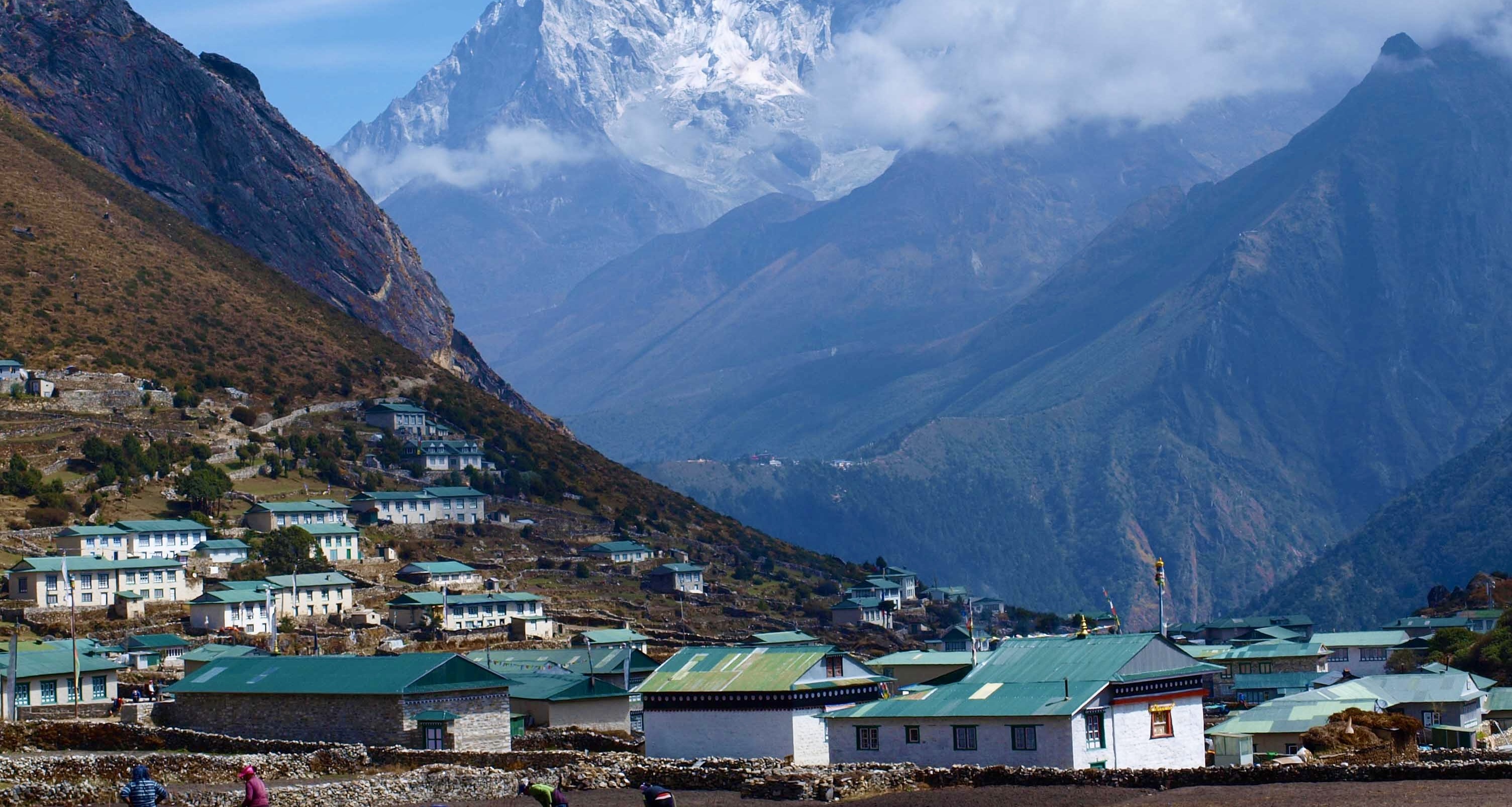
These new routes offer pristine landscapes without the crowds. We're particularly excited about the Great Himalaya Trail sections that we've made accessible to luxury trekkers, previously only attempted by hardcore expedition teams.
Inclusive Options for Diverse Abilities
The mountains aren't just for elite athletes anymore. We've developed specialized itineraries for trekkers of all ability levels. Our adaptive trekking programs include modified routes, portable comfort equipment, and specialized guides trained to assist trekkers with various physical limitations.
We're proud to offer shorter, less strenuous alternatives to classic routes, allowing more people to experience the majesty of the Himalayas. Our accessible lodges feature amenities designed for travelers with mobility issues, proving that adventure doesn't have to be exclusive.
Optimal Seasons for High-End Trekking in Nepal
Spring Adventures: Wildflowers and Clear Skies
Timing is everything when it comes to luxury trekking in Nepal, and spring (March to May) truly delivers the goods. We've found these months offer some of the most spectacular hiking conditions throughout the Himalayas. The mountains burst into a canvas of rhododendrons and magnolias, painting entire hillsides in vibrant reds, pinks, and whites.
What makes spring special? The temperatures hit that sweet spot – warm days for comfortable hiking and cool evenings that make those luxury lodge fireplaces feel extra inviting. We've designed our spring itineraries to capitalize on the increasing clarity as the season progresses. March brings warming temperatures, while April and May reward trekkers with the most brilliant mountain views.
Our high-end clients particularly appreciate how the post-winter months reveal crystal-clear mountain panoramas. The air, washed clean by winter, offers those jaw-dropping photographic moments that grace the covers of travel magazines.
Autumn Expeditions: Stable Weather and Festivals
Fall (September to November) is when Nepal really shows off. We consider this the prime season for our luxury trekking experiences. The monsoon has freshly departed, leaving behind lush landscapes and skies so clear you'll feel like you could reach out and touch Everest.
The stability of autumn weather is unmatched – consistent temperatures, minimal precipitation, and day after day of breathtaking visibility. This reliability allows us to enhance our premium treks with special experiences like sunrise champagne toasts or evening stargazing sessions.
What truly elevates autumn treks is the cultural dimension. We time many of our high-end journeys to coincide with Dashain and Tihar, Nepal's most significant festivals. Our guests gain exclusive access to authentic celebrations in remote villages, creating those meaningful cultural connections that transform a trek into a life-changing journey.
Exclusive Off-Season Opportunities
The secret most travel companies won't tell you? Some of our most extraordinary high-end trekking experiences happen during the so-called "off-seasons."
Winter (December to February) offers the most pristine mountain views of the year. While temperatures drop, we've developed specialized luxury winter treks with enhanced warming amenities, private helicopter transfers to skip colder lower elevations, and exclusive accommodations with premium heating systems.
Even during monsoon season (June to August), we've crafted unique luxury experiences. Our meteorologists identify weather windows for spectacular treks with virtually no other tourists on the trails. Picture having entire viewpoints to yourself, with personal chefs preparing gourmet meals while you soak in those misty, mysterious mountain vistas that few travelers ever witness.
We've pioneered luxury monsoon treks in rain-shadow areas like Upper Mustang and Dolpo, where the landscapes remain dry and the cultural experiences feel more authentic without the typical tourist crowds.

Nepal's high-end trekking scene is transforming dramatically, blending luxury with sustainability and cultural immersion. From eco-friendly initiatives to wellness-focused journeys, the Himalayas now offer premium experiences that cater to discerning travelers seeking both adventure and comfort. Enhanced safety protocols, customizable itineraries, and improved accessibility to remote regions further elevate these exclusive trekking experiences.
As you plan your next Himalayan adventure, consider experiencing these innovations firsthand with Luxury Holidays Nepal. Our expert guides will lead you through breathtaking landscapes while ensuring responsible tourism practices that preserve Nepal's natural beauty and cultural heritage for generations to come. Whether you seek spiritual renewal, cultural discovery, or simply the thrill of conquering majestic peaks in style, Nepal's evolving luxury trekking options promise unforgettable journeys that nourish both body and soul.
Contact Luxury Holidays Nepal to craft your perfect Nepalese journey today.
If you need any further information, please contact us by email: [email protected], Phone: +977- 985 100 5129 (WhatsApp).




